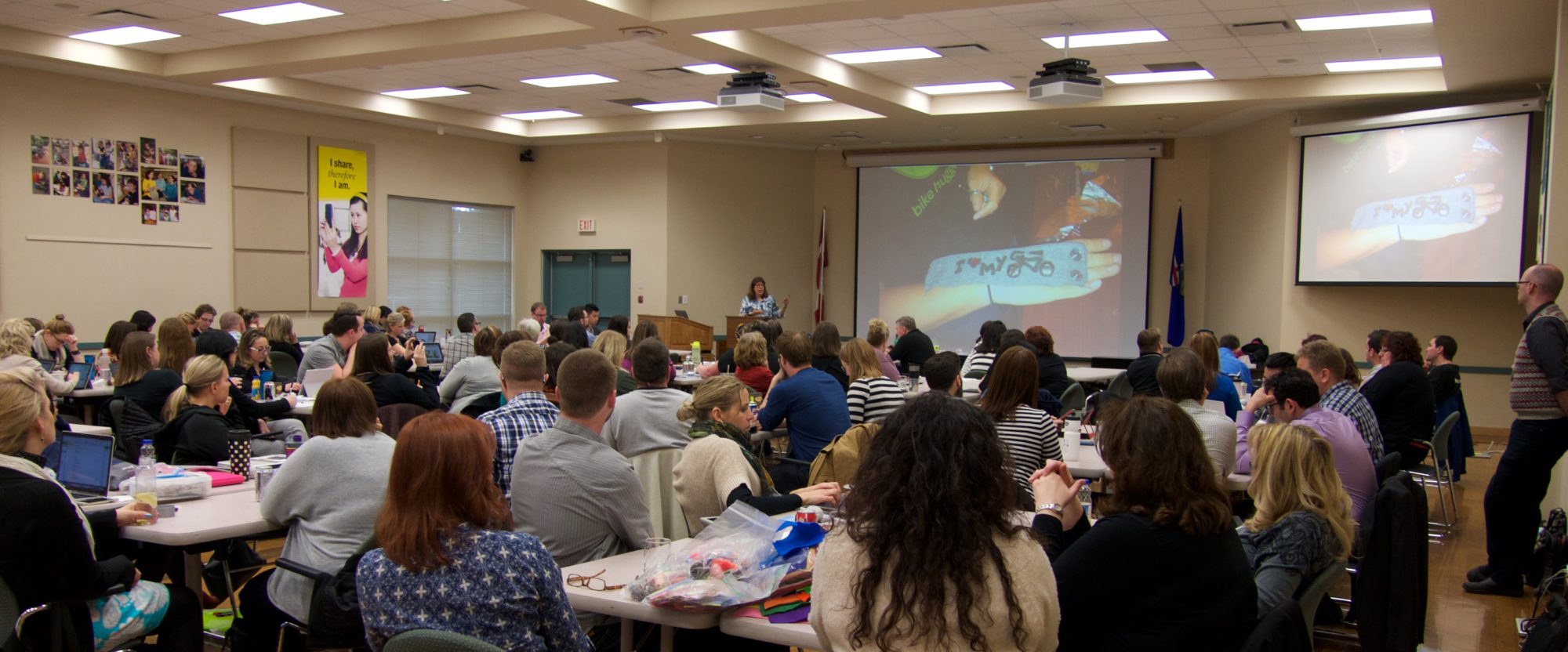Many educators I speak to daily are very reasonable people. They have dreams about how education should be, but still show up for work every day in a system that is slow, if not hostile to change. They compromise with people to gain small victories, play by the rules and work miracles in sub-standard conditions. They bide their time hoping that someday their work will pay off, if not in systemic change, at least in the lives of future citizens of the world.
Reasonableness as a roadblock to change
Who hasn’t heard something like this — “I totally believe in technology and project-based learning. But my administration is really conservative, test scores are down, and my principal doesn’t like that kind of airy-fairy nonsense. Besides, five years ago we tried it and half the teachers used “project time” as a smoke break. So I was thinking that after testing is over I would have the kids do a project where they use vocabulary words and make a PowerPoint or do something with technology. I can probably squeeze the whole thing into 3 days. That way I can say it’s got language arts skills, 21st century skills, it won’t take too much time, and no one will get upset.“
Reasonable compromise or watered-down status quo with technology tacked on?
The problem is that by being reasonable, educators pre-compromise themselves out of strong, defendable positions. Project-based learning is a strong position to come from. There is research on how to do it, why to do it, and lots of examples of success. But by compromising even before you get to the negotiation, you lose out. You have watered down your ability to create conditions of success, and you have lost your negotiating power.
“The reasonable man adapts himself to the world; the unreasonable one persists in trying to adapt the world to himself. Therefore, all progress depends on the unreasonable man.” – George Bernard Shaw
Most likely when you get to the actual planning, the people you thought would be impressed by your reasonableness stun you by not appreciating it at all. They want MORE compromise. In your eyes, they are unreasonable. You’ve already compromised (in your head) and now there’s no more to give. How come they get to be unreasonable when you’ve worked so hard before the meeting even started? It’s not fair!
You must practice the art of being unreasonable.
The art of being unreasonable
- Dream big.
- Come to the negotiation with a plan that meets all your needs and only your needs, with justification for them. You can compromise later from a place of power.
- Don’t play fair. Kids lives are at stake. For example, take kids into a meeting and have them present. It’s hard to say no to cute 8 year olds. (This is not about doing illegal or unethical things!)
- Acknowledge other people’s fears but label them as fears, not roadblocks or reasons to change the plan. Invite them to participate as your plan unfolds, so they can see that their fears are unfounded.
- Just because you understand other people’s arguments doesn’t mean you have to accept or act on them. That’s what reasonable people do. The other side isn’t accepting your arguments; you don’t have to accept theirs. Remember, you are unreasonable — see how freeing that is!
- Find others who believe in the same things you do and create a personal support system.
- Don’t be a martyr. If your plan is getting crushed and it’s just not going to happen, walk away. Come back with a bigger and better one.
Be unreasonable, not a pain
I know. You are saying, “I work with unreasonable people all the time! It’s not pleasant! They think they know everything, everyone resents it and figures out sneaky little ways to sabotage the plan. I want to be seen as fair, so that everyone will want to work with me, not against me.”
Everyone wants to be liked. Educators are probably the nicest people of all. Would it be so bad if people thought of you as a rebel, a dreamer, or a force of nature instead of just “nice”? Add a few new adjectives to your personal profile. You might be surprised that not only will people still like you, they will respect you more. Allow your unreasonableness to come from a place of righteous power and promoting student welfare, not anger or self-promotion. Anyway, nobody likes a pushover.
“You see things; and you say Why? But I dream things that never were; and I say Why not?” — George Bernard Shaw
Go ahead, you have my permission, be unreasonable.
Sylvia

 In “
In “ “December 8, 2011 – Mrs. McBride’s TechYES/GenYES students will be able to help improve technology throughout the district even more, thanks to a new donation of supplies.
“December 8, 2011 – Mrs. McBride’s TechYES/GenYES students will be able to help improve technology throughout the district even more, thanks to a new donation of supplies.